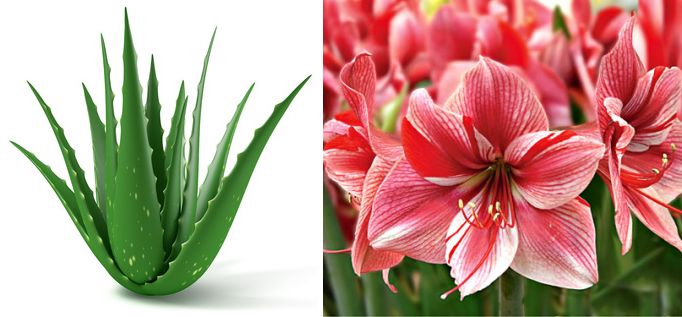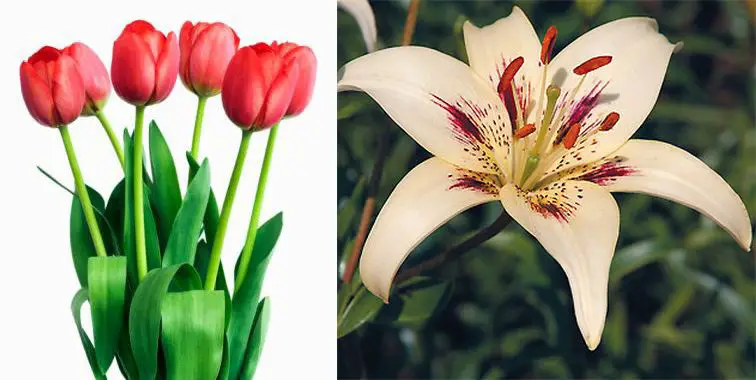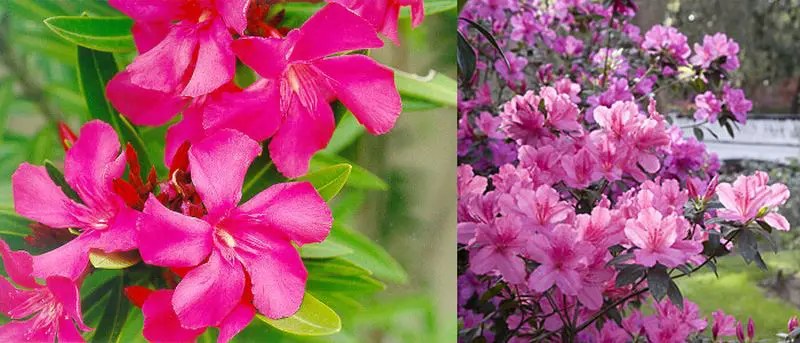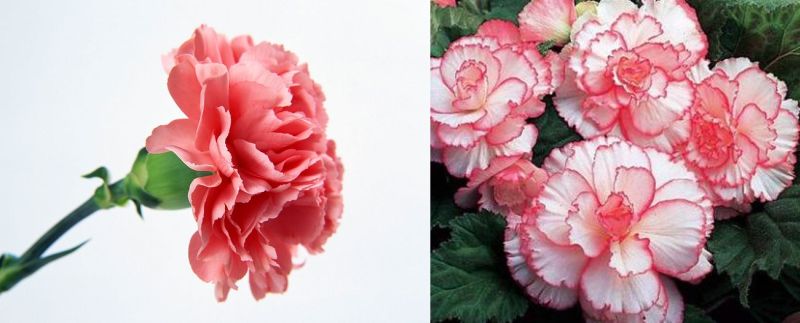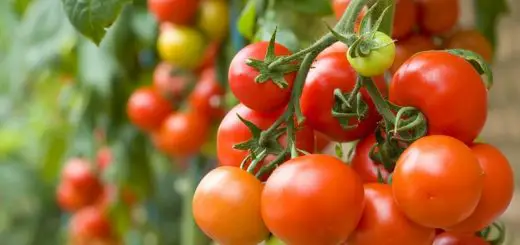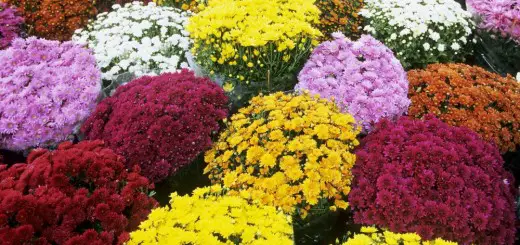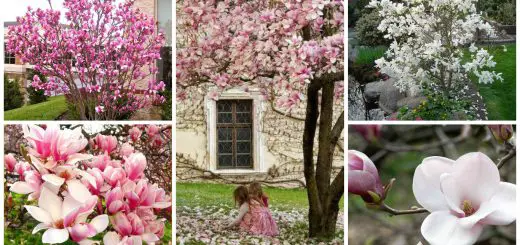Toxic Plants For Dogs And Cats – The Danger Behind Flowers
Biologists say there are at least 700 species of plants that could injure or even kill your dog or cat. Many of them grow in our gardens, delighting us with their smell and colors while we are totally unaware of their negative effects on the pets which once in a while chew on them due to their craving for vegetation. From case to case, the poisoning symptoms are vomiting, diarrhea, difficult breathing, abnormal urine, salivation, weakness, and any other abnormal condition. Below is the list of the most common toxic plants many of us may have in the gardens.
Aloe vera – it may be a great remedy for burns, but it is toxic to cats and dogs. If you keep an aloe plant on hand for burns, make sure to keep it out of reach for your pets. Among the poisoning symptoms are vomiting, depression, diarrhea, anorexia, tremors, and change in urine color.
Amaryllis, a lily species, is a pretty, common flower as a garden ornamental, and a very popular potted bulb for the holiday, while toxic to both cats and dogs. Be careful with the bulbs, they contain the most toxins. Vomiting, depression, diarrhea, abdominal pain, hyper-salivation, anorexia, tremors are some of the symptoms.
Lilies, in any case, this fragrant and adorable flower, are very dangerous to cats. Whatever part of the plant is ingested can lead to kidney failure.
Since we mentioned bulbs, keep your pets away from tulips. The toxic portion of this plant is the actual bulb, which can cause drooling, central nervous system depression, gastrointestinal irritation, cardiac issues and convulsions.
Azalea is a perennial pot plant, with colorful flowers. Despite this, the toxins in azalea plants can be very severe and potentially cause drooling, diarrhea, vomiting, central nervous system weakening and depression, and in some cases possibly coma or death. The plant is also dangerous for horses, goats and sheep and the ingestion of few leaves can cause serious problems.
However beautiful it looks in your Mediterranean garden, oleander is a plant you should avoid if you have pets around the house. All portions of this plant are poisonous and can cause gastrointestinal irritation, hypothermia, heart problems and possibly death.
Begonia, a popular garden and container plant, but with very toxic tubers. Once swallowed, they cause oral irritation, intense burning and irritation of mouth, tongue and lips, excessive drooling, vomiting, difficulty swallowing.
You also keep a close eye on carnations, especially since they’re a constant presence in floral arrangements. The symptoms are mild gastrointestinal signs, mild dermatitis if ingested by cats or dogs.
Since we mentioned flowers we often get or give as presents, be careful with chrysanthemum, gladiolas, daffodils, hydrangeas, snow drops, poinsettias, lilies in the valley and Jasmine. Dogs should avoid ingesting onion and garlic and chewing on potatoes and tomatoes leaves, stems and flowers.
Sources: Earthclinic.com, Care2.com, Humanesociety.org
